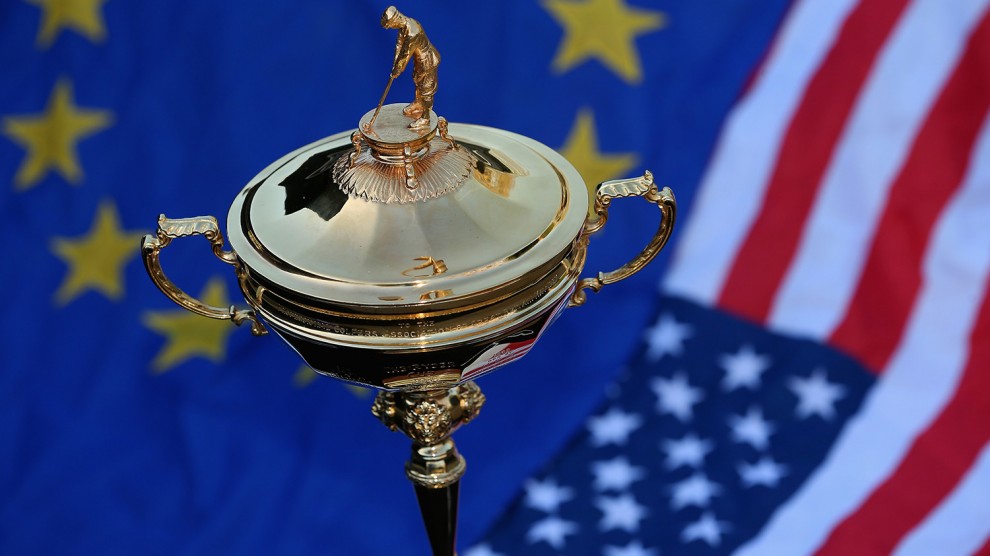The Ryder Cup trophy, given to the winner of the biennial (every two years) match between the United States and Europe, isn't a large prize, but it means a lot.
The Ryder Cup trophy is actually just 17 inches tall, 9 inches wide and weighs 4 pounds. It's small in stature, and it's about the size of the FIFA World Cup trophy.
Who founded the Ryder Cup?
Samuel Ryder, founder of the Ryder Cup, commissioned the trophy and donated it in 1927. It was the prize he had made for the first matches in 1927, pitting the best golfers in the United States against the best golfers from Great Britain. Eventually, the Great Britain team expanded to include Ireland. In 1979, the GB&I team, as they were known, expanded to include continental Europe.
Ryder made his money in the seed business, selling "penny packs."
Ryder Cup trophy facts
The trophy cost about $400 at the time to make it. It would cost about $6,000 now. The Professional Golfers Association of Great Britain and Ireland owns the original trophy, bequeathed it by Ryder. The original remains at their headquarters in Great Britain, and the winning Ryder Cup team doesn't get that trophy. Instead, they get an identical replica made for the PGA of America. There is also a replica trophy that is used for promotional appearances.
There's a golfer at the top of the trophy, but it's unclear who exactly that golfer is, if it's anyone in particular. Some say it is Abe Mitchell, Ryder's friend and personal golf teacher. The trophy base has the Ryder Cup results engraved on a band that goes around it.
While the players on the winning team don't get to carry around the trophy, like NHL players do with the Stanley Cup, they typically get a commemorative replica trophy.

